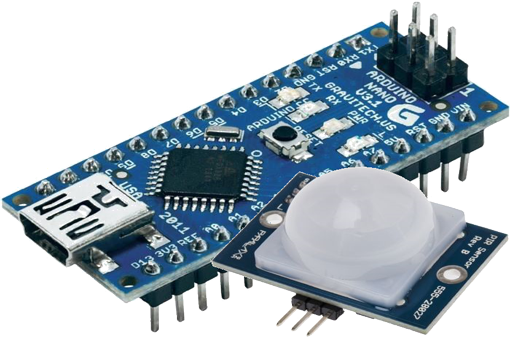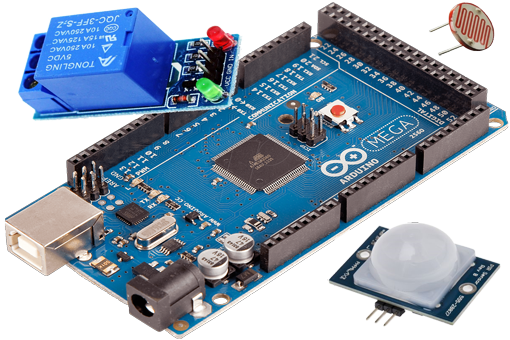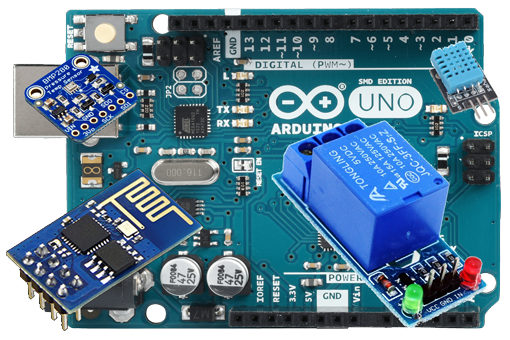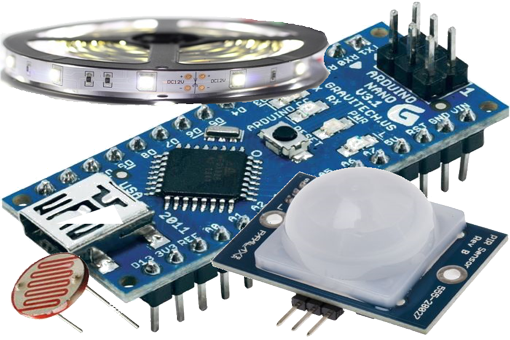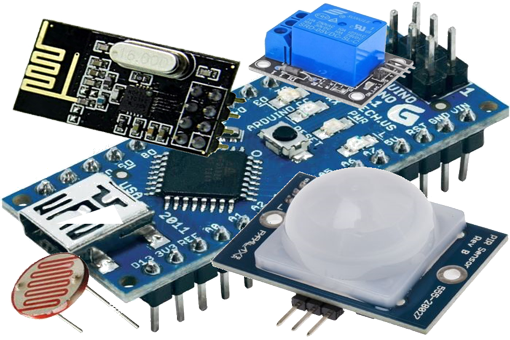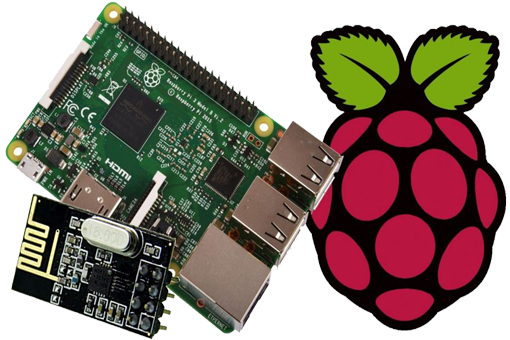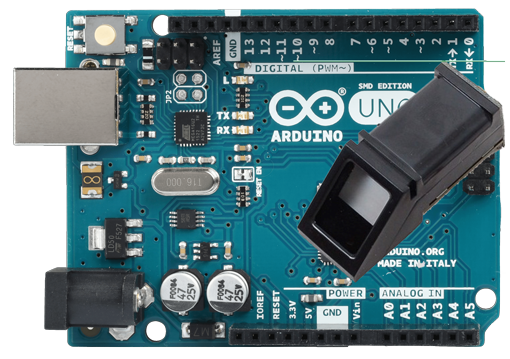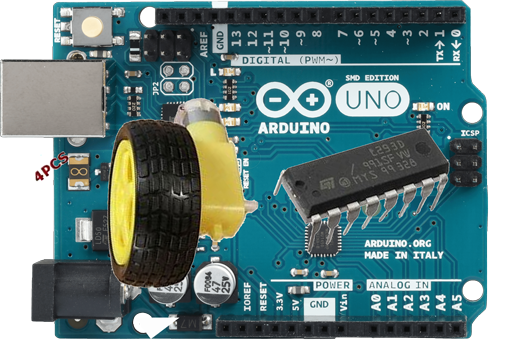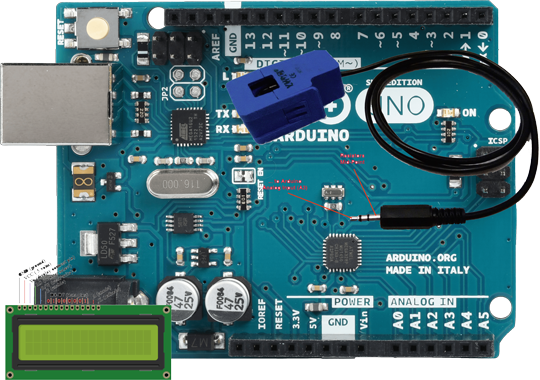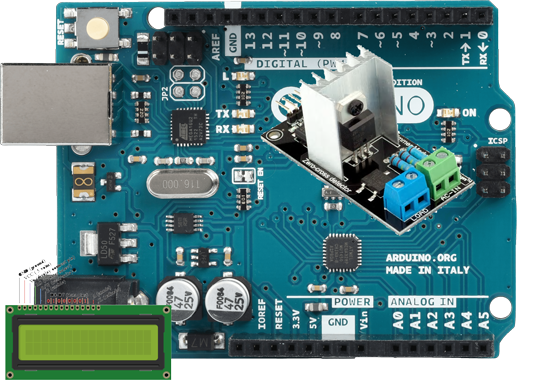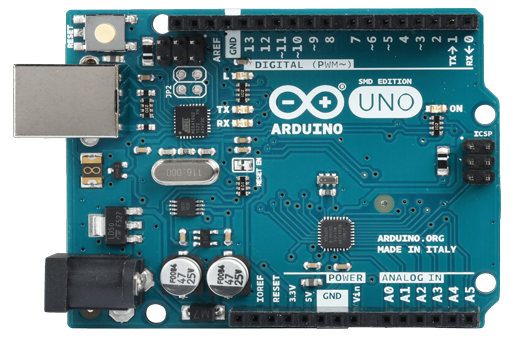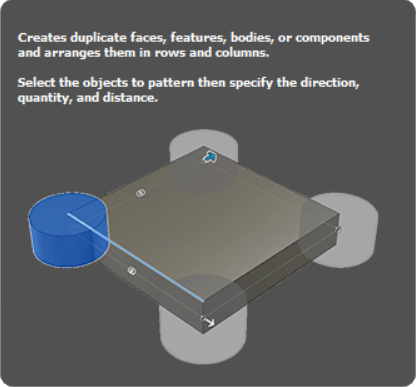Arduino
Commander un relais suite à la détection d'un mouvement dans l'obscurité.
Publié le 25/11/2018
ATTENTION, dans cette publication nous manipulons du 220V ce qui peut être mortel !!! Les risques sont réels ! Vous le faites sous votre responsabilité.
Débranchez avant toute manipulation, rendez impossible l'accès aux contacts (boîte étanche)...
Liste des composants nécessaires pour la réalisation du circuit :
- Arduino nano1
- Relais1
- Photo-résistance1
- Résistance 10 k-Ohms1
- Détecteur PIR1
Schéma du montage électronique :

Pour les amateurs d'impression 3D, j'ai fait quelques templates qui permettent d'imprimer divers boitiers pouvant accueillir les divers composants utilisés dans mes tutoriels.
- Pour un composant PIR, vous trouverez le boitier à imprimer ici.
Il faut compter environ 4h pour imprimer les composants de ce boitier.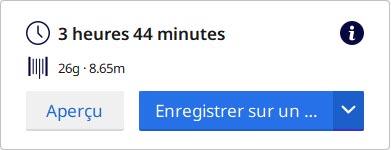
- Pour un relais, vous trouverez le boitier à imprimer ici.
Il faut compter environ 2h pour imprimer les composants de ce boitier.

L'ensemble des impressions 3D a été réalisé sur une imprimante Creality3D Ender-3 pro avec les réglages standards suivants:
Pour les personnes possédant Fritzing, voici le schéma électronique.
Voici le code à télécharger dans votre Arduino:
#define pinPIR 2 // Pin pour le capteur PIR
#define pinRelais 5 // Pin pour le relais
#define pinPhotoresistance 0 // Pin pour la photoresistance. The cell and 10K pulldown are connected to a0
void setup()
{
Serial.println(F("************"));
Serial.println(F("Arduino Nano"));
Serial.println(F("************"));
Serial.println(F(""));
Serial.println(F("\nInitialisation..."));
Serial.println(F(""));
Serial.println(F("Connection du capteur PIR"));
Serial.println(F(""));
Serial.println(F("************************"));
Serial.println(F(" 3.3v 5v *"));
Serial.println(F("* GND DATA VCC *"));
Serial.println(F("* . . . *"));
Serial.println(F("* *"));
Serial.println(F("* *"));
Serial.println(F("* O O *"));
Serial.println(F("* Timer Sensi *"));
Serial.println(F("************************"));
Serial.println(F(""));
Serial.print(F("On calibre le capteur PIR (7s)"));
for(int i = 0; i < 7; i++)
{
Serial.print(F("."));
delay(1000);
}
Serial.println(F(""));
pinMode(pinRelais, OUTPUT);
digitalWrite(pinRelais, LOW);
pinMode(pinPIR, INPUT_PULLUP);
}
//*****************************************************************************************//
// MAIN LOOP
//*****************************************************************************************//
void loop()
{
int val = digitalRead(pinPIR);
// Mouvement detecte
if (val == HIGH)
{
// Lecture de la photo-resistance
int ii_photocellReading = ReadLuminosity();
if (ii_photocellReading < 200)
{
Serial.println(F("On doit allumer la lumiere\r\n"));
digitalWrite(pinRelais, HIGH);
}
else
{
Serial.println(F("On ne doit pas allumer la lumiere\r\n"));
digitalWrite(pinRelais, LOW);
}
}
else
digitalWrite(pinRelais, LOW);
}
int ReadLuminosity()
{
int ii_photocellReading = analogRead(pinPhotoresistance);
Serial.print("Analog reading = ");
Serial.print(ii_photocellReading);
if (ii_photocellReading < 10) {
Serial.println(" - Noir");
} else if (ii_photocellReading < 100) {
Serial.println(" - Pénombre");
} else if (ii_photocellReading < 200) {
Serial.println(" - Sombre");
} else if (ii_photocellReading < 500) {
Serial.println(" - Lumiere");
} else if (ii_photocellReading < 800) {
Serial.println(" - Lumineux");
} else {
Serial.println(" - Tres lumineux");
}
}

